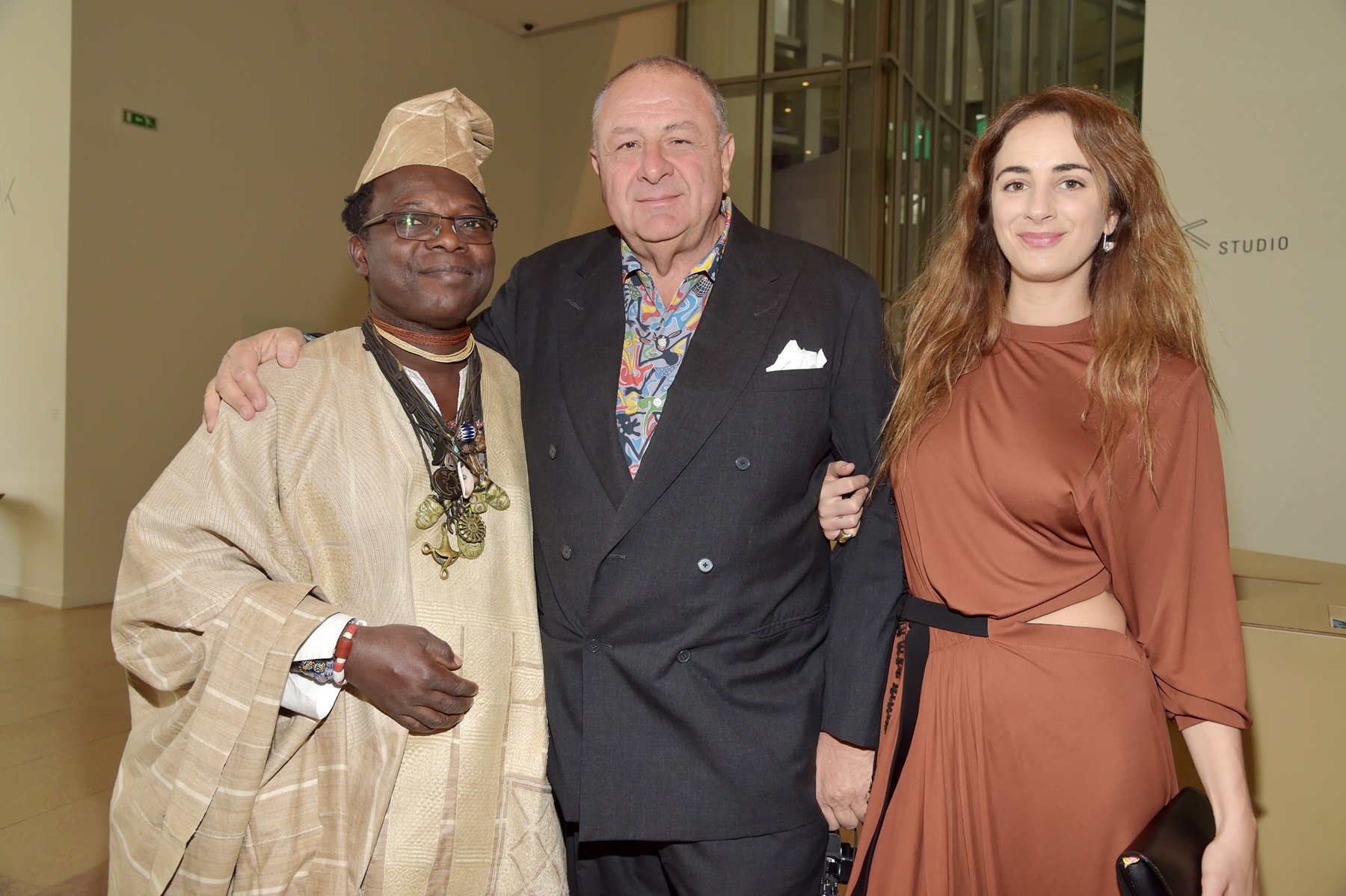
When it reopens in October with a restored and expanded building, New York’s Museum of Modern Art has promised to re-imagine the way it presents Modern and contemporary art. It just got a big assist in reshaping the story it tells: French collector, photographer, and automobile heir Jean Pigozzi has given the museum forty-five pieces by contemporary African artists. That donation, the museum tells artnet News, is the largest gift of African art that MoMA has ever received.
The trove includes sculptors Romuald Hazoumè (Republic of Bénin) and Bodys Isek Kingelez (Democratic Republic of Congo), painters Moké and Cheri Samba (both from the DRC), and photographers such Seydou Keïta (Mali) and Jean Depara (DRC). Pigozzi’s collection overall, he told Surface magazine, skews young, with mostly artists born after 1945. Nearly forty percent of those represented are women artists.
Pigozzi built his collection, which Connaissance des Arts pegs at over ten thousand works, over the course of three decades with the assistance of Africa-trotting curator André Magnin. In a 2005 essay about his collection, Pigozzi puts African artists on a par with Western colleagues: “Bodys Kingelez and Seydou Keïta are as interesting and important as Richard Serra and Richard Avedon.” The collector also maintains his holdings as CAAC Art, based in Geneva but without a permanent exhibition venue.
Chéri Samba, Water Problem (2004). The Museum of Modern Art, New York. CAAC-The Pigozzi Collection. Promised gift of Jean Pigozzi, 2019.
International recognition of the African art scene has been gathering steam. The Pigozzi gift comes two years after MoMA’s first exhibition by a black African artist, Bodys Isek Kingelez.
The art market also reflects Africa’s rise. Launched in London in 2013, the 1-54 African art fair has since expanded to New York and Marrakech. Meanwhile, Sotheby’s launched an African art department in London in 2016. Buyers from the continent were notably preeminent at the house’s $3 million sale in April, indicating dramatic growth in nations like Kenya and Nigeria.
Long a temple primarily to European and American Modernism, MoMA has been courting donors who might broaden its base. For example, in 2016 and 2019 it snagged large gifts of Latin American works from the collection of Patricia Phelps de Cisneros.
Jean Depara, Les musiciens (The Musicians) (1975). The Museum of Modern Art, New York. CAAC-The Pigozzi Collection. Gift of Jean Pigozzi, 2019.
As for today’s gift, its backstory stems, ironically, from MoMA’s own shortcomings.
Pigozzi was inspired to collect by the 1989 exhibition “Magiciens de la Terre” at Paris’s Centre George Pompidou. Setting African artists on par with their Western contemporaries, that show was curator Jean-Hubert Martin’s rebuttal to a widely excoriated 1984-85 show, “’Primitivism’ in 20th Century Art: Affinity of the Tribal and the Modern,” which critics said reinforced Western-centric, colonializing treatments of African art. The latter show took place at none other than the Museum of Modern Art.
In the same essay where he tells that story, Pigozzi seemed to foreshadow today’s announcement. “It is not easy,” he wrote, “to go from the walls of a modest studio in Mali to the walls of the Museum of Modern Art.” But, apparently, not impossible.